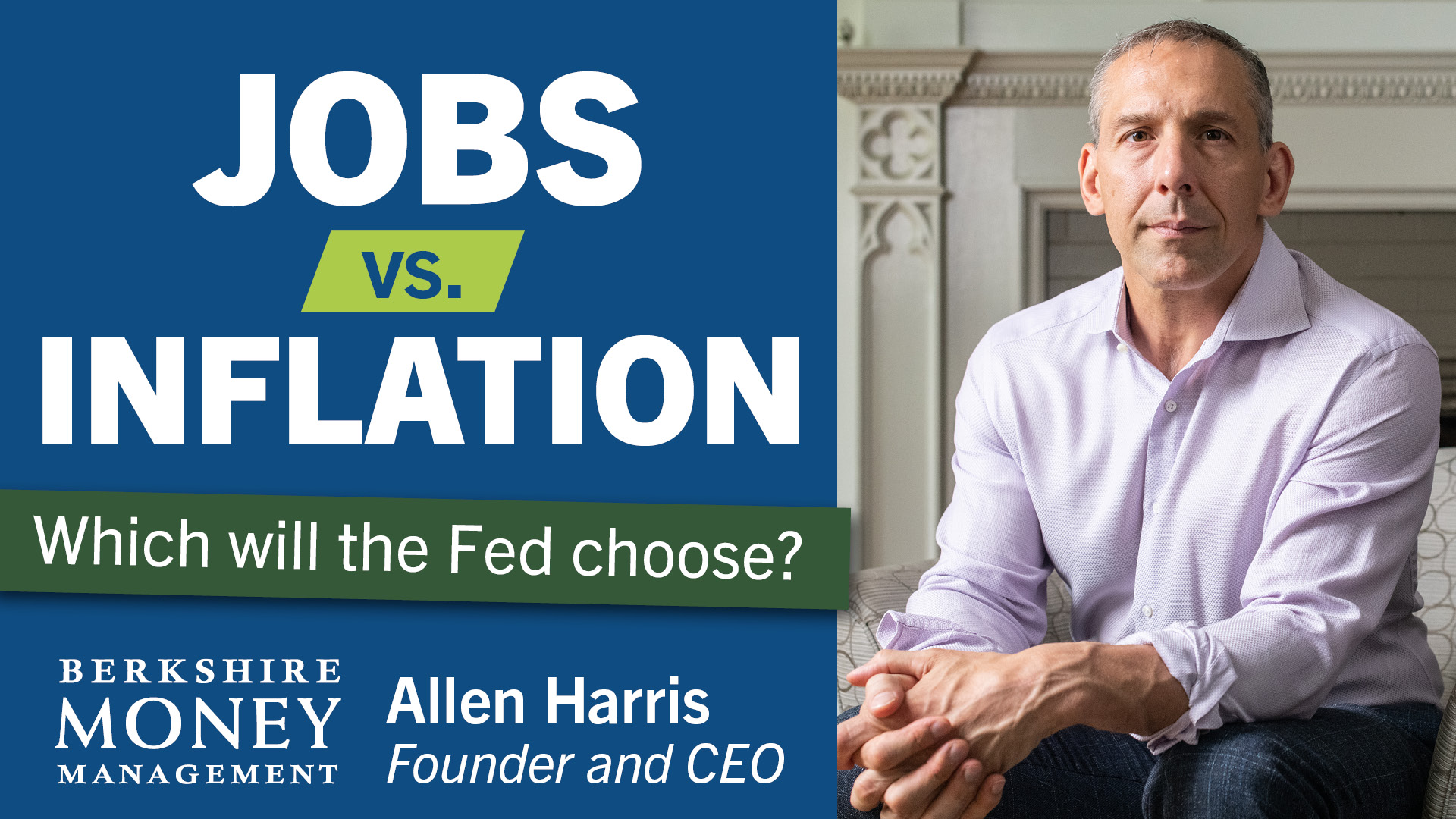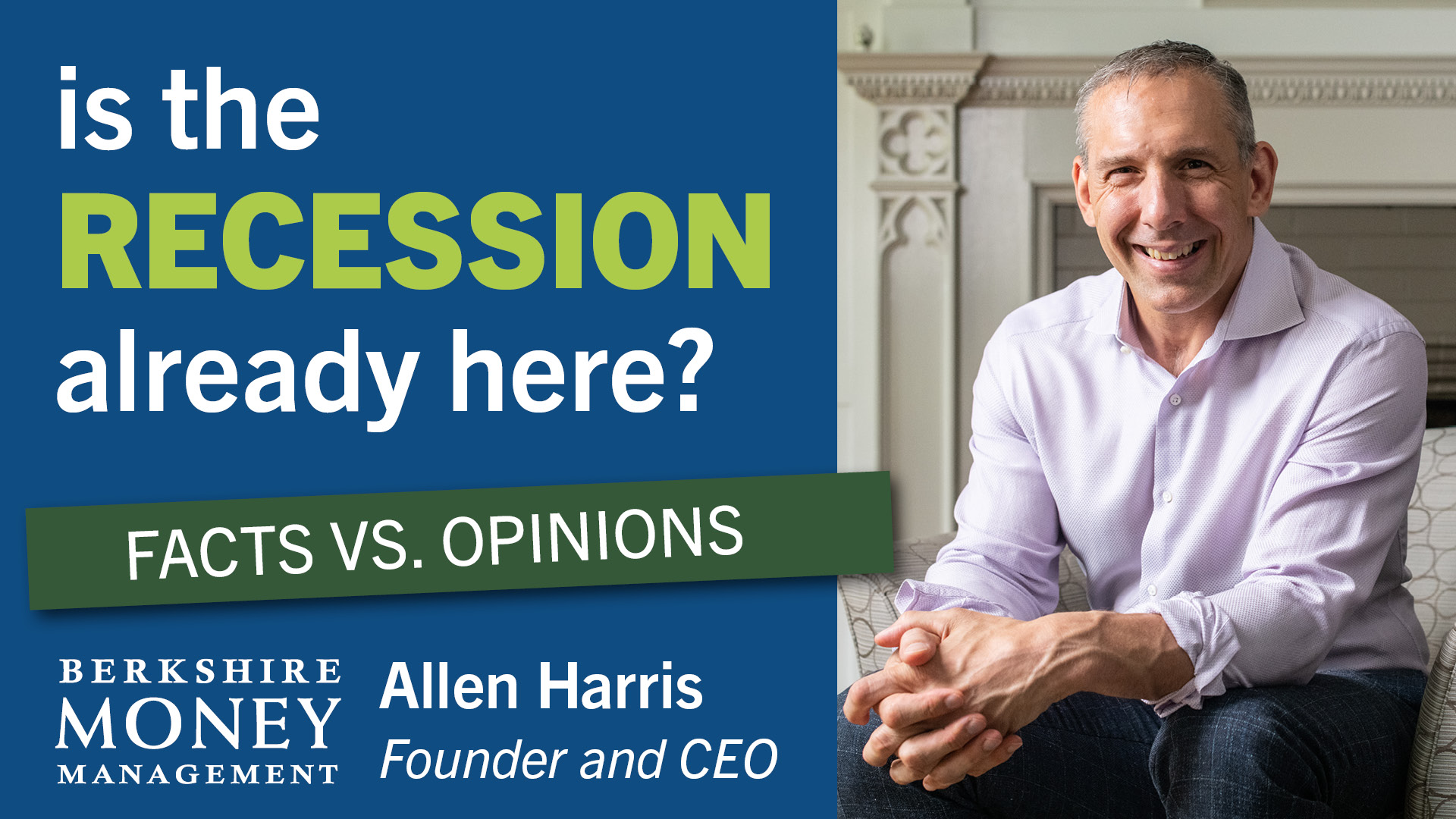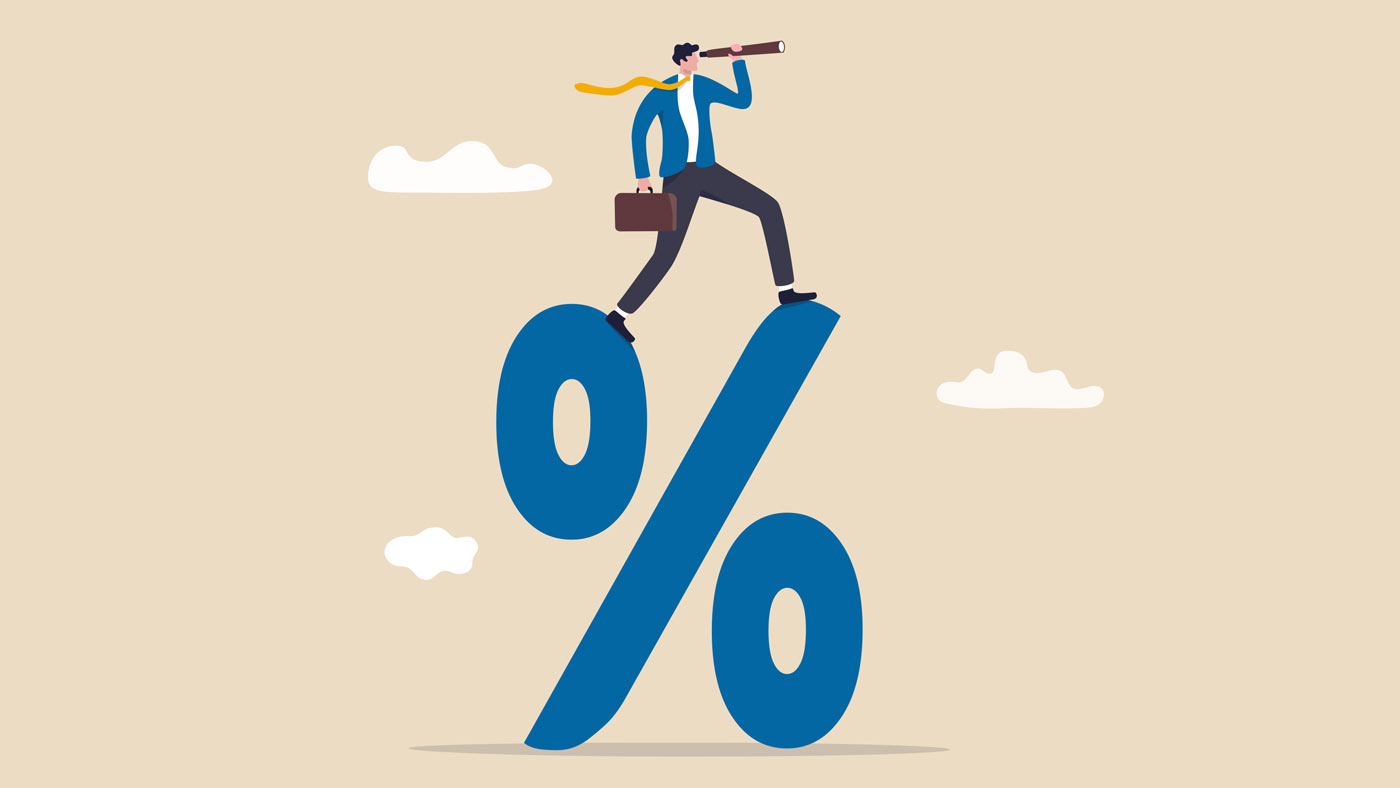Beware an inverted yield curve
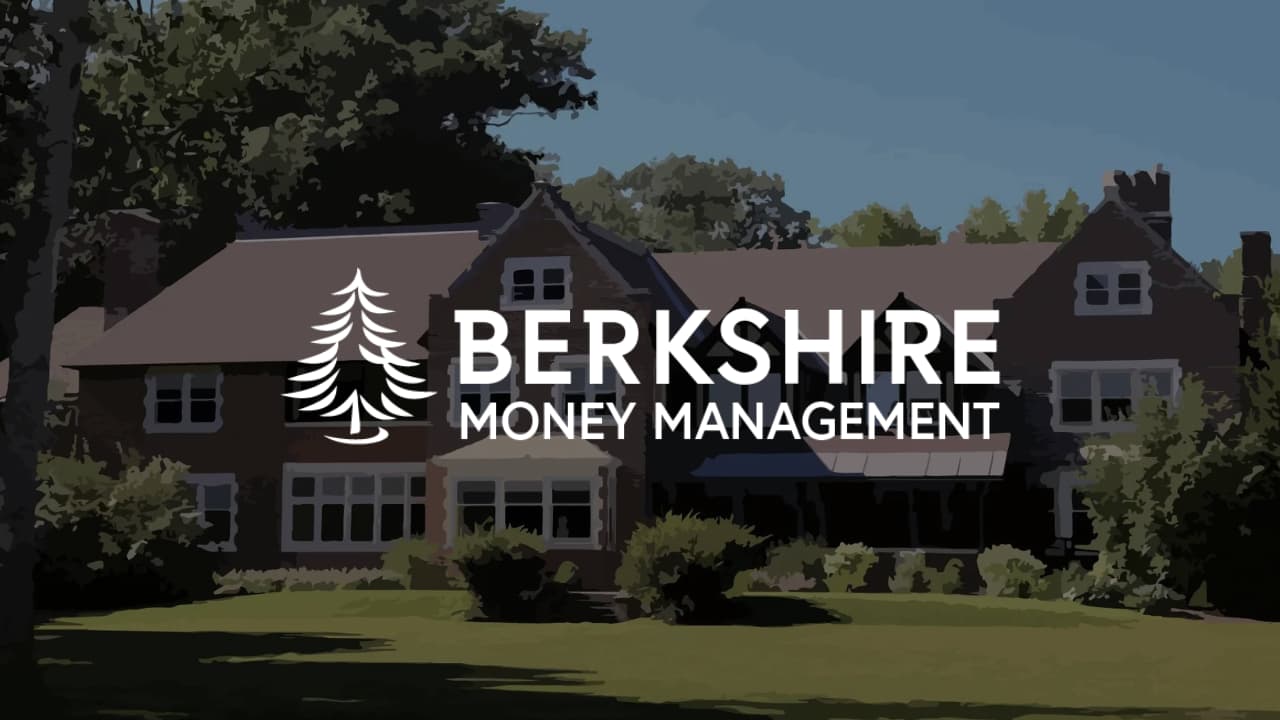
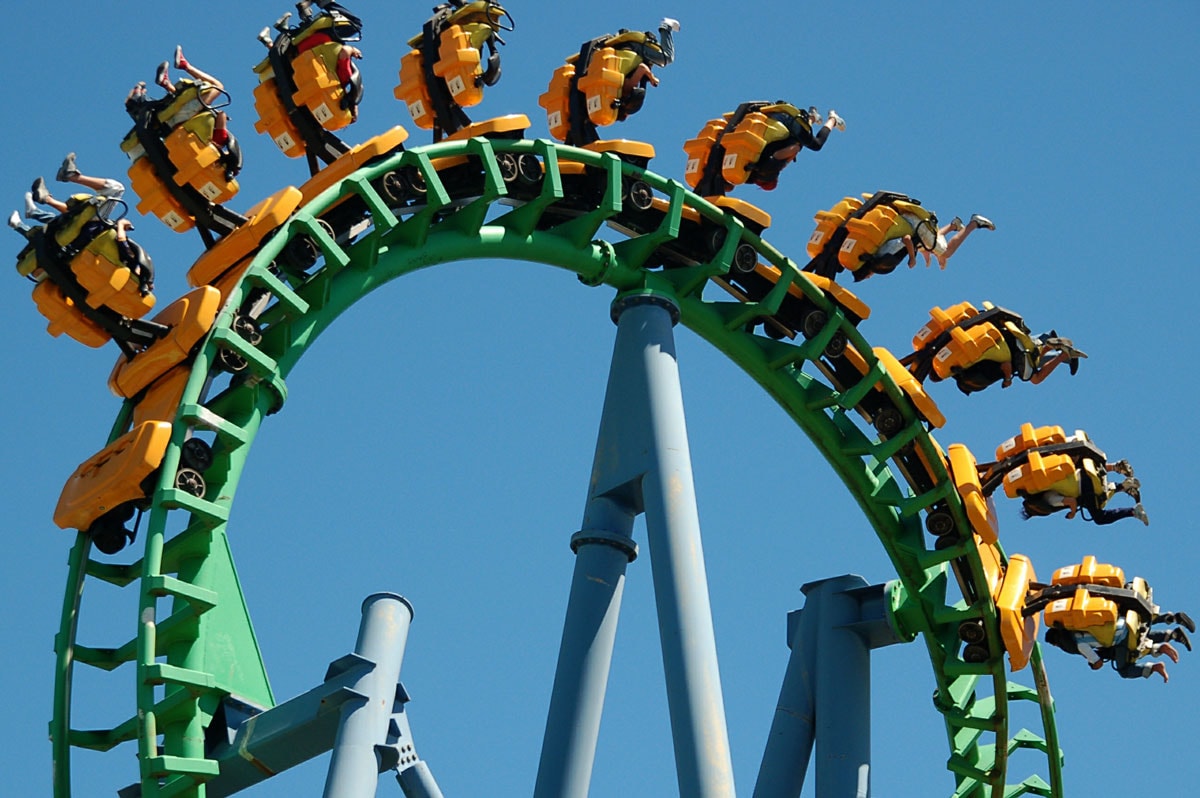
An inverted yield curve is one of Wall Street’s most closely watched recession indicators, because it works. The inversion of the 2-year/10-year Treasuries has been a reliable predictor of recessions. Since 1976, there have been 10 such inversions that preceded four slowdowns and six recessions.
It’s getting scary, people, because it is getting closer to an inversion.
The yield curve is a graph that plots a line depicting the yield of bonds against their time to maturity. Typically, the longer the maturity, the higher the yield. But when a shorter maturity bond, like the 2-year note, yields more than a longer maturity bond, like the 10-year note, it’s called an “inverted yield curve.” It is unnatural, and it’s ominous.
In 2019, the inverted yield curve was one of the reasons I argued that there would be a recession in 2020 (that and the Duke Fuqua CFO Survey). No, the inverted yield curve didn’t predict COVID-19. I argue that there would have been a recession regardless of the pandemic.
“Do you understand the words that are coming out of my mouth?” —Detective James Carter from “Rush Hour”
On March 24, 2022, I had the opportunity to be the closing speaker of the 7th Annual Private Wealth Forum of New England. My audience was a couple hundred financial advisors serving high-net-worth families. It’s an honor to be the final presenter at well-regarded conferences. However, the truth is I’d rather be the opener (which I’ve also done). After a full day of paying attention to sophisticated strategies and complex data interpretations, listeners understandably begin to fade. It can be mentally exhausting.
Before I even began talking, I could see that people were on their phones checking their e-mails (or maybe paying Wordle; it was hard to tell). I decided that I needed to engage the crowd.
I grabbed the microphone and asked, “By a show of hands, who thinks the yield of the 10-year Treasury will be above 2.5% by year-end?” The yield had already hit a high of 2.37%, so it wasn’t far off. Almost nobody raised their hand.
Hmmm…Well, maybe they were sleepy from eating too many carbohydrates during lunch. “Okay, then. Who thinks it will be below 2.5% by the end of the year?” This time, almost everybody raised their hand.
Lastly, regarding the 10-year Treasury, I asked, “Who thinks it’ll be exactly 2.5%?” There was a low chuckle from the crowd and a couple of raised hands. (By the way, the yield has already hit an intraday high of 2.5%.)
I then asked the group, “How many of you think the U.S. will enter a recession in 12–18 months?” Nobody raised their hands. Once again, fearing the lethargy of carbs, I said “Raise your hand if you think we’ll escape a recession.” Everyone raised their hand (except for this one guy who was probably about to beat his Wordle record).
I explained to the group, “None of you think a recession is coming, yet most of you think the 10-year yield is going lower. Either this time it’s different, or all of you should be fired.”
And now I had their attention.
On that day, the 2-year Treasury yield hit 2.17%. The difference between the 2-year and the 10-year on March 24, 2022 was only about 20 basis points, or two-tenths of one percent. That is what we’d call a “flat” curve, moving toward an inversion.
The 2-year yield equals roughly the sum of anticipated inflation plus the expected path of the federal funds rate (the rate controlled by the Federal Reserve) plus a term premium above the federal funds rate. For simplicity, suppose inflation and the term premium are both zero. In that case, the 2-year yield should be about the terminal rate. The “terminal rate” is the rate at which the Fed is expected to stop raising the federal funds rate. Many expect the federal funds rate to be 2.5%, or close to it, by the end of 2022 and 3% or more in 2023.
In other words, the 2-year note should equal at least 2.5% by year-end. Yet the group mostly thought the 10-year yield would be below 2.5%. Historically, that screams “recession!”
“I am not responsible for your assumption.” —Inspector Yan Naing Lee from “Rush Hour”
There’s been much debate about whether the inverted yield curve predicts a recession or causes a recession. For example, one common theory is that banks are disincentivized to provide capital when the yield curve is inverted. Banks make money borrowing at short-term rates (typically lower) and lending at long-term rates (usually higher). But when the yield curve inverts, that money-making mechanism evaporates. And so, too, does the lifeblood of corporations — access to capital.
That is a significant concern, but I don’t believe that’s it. I contend that an inverted yield curve indicates that the economy is sufficiently fragile such that the next shock will push the U.S. into a recession. In a way, that’s good news because even if the yield curve does invert, there’s still a possibility that we can escape a recession — unlikely though it may be.
Once the inversion starts, it may take a few months, or it could take well over a year before an economic recession begins. However, as we know, the stock market can sniff out an economic downturn well before the downturn begins. Investors need to pay attention.
What am I doing about it? A little bit of action, but mostly just paying attention.
Currently, banks can borrow from the Fed at under one-half % and lend to corporations at 3.5% (the Wall Street Journal Prime rate) and households at 4.56% (the national average 30-year fixed mortgage as of March 28, 2022).
Moreover, although inflation punishes consumers, it’s good for corporate profit margins. Pre-pandemic, corporate net profit margins were approaching 10%. Currently, they are closer to 12% due to a combination of price control measures and corporate ability to pass on higher prices to consumers. Having reviewed earnings reports for the first quarter of 2022, I suspect that margins could rise to 12.5% or 13%. That may not sound like much, but we’re talking pure cash flow, which supports valuations and funds share buybacks.
As I said, I did make some minor changes. Although I did get some cash to work in the stock market after the February 2022 lows, I took advantage of the subsequent rally to peel off some exposure to higher-beta investments (i.e., less growth, more value). I’ve been slowly doing that since April 2021; it’s not a new theme. However, I did make a new investment.
As readers know, I’ve utilized buffer exchange-traded funds (ETFs). I’m a big fan of ETFs over individual stock selection (return underperformance is pervasive) and mutual funds (less tax-efficient and more costly than ETFs). However, some of the accounts I manage have an administrative mandate that only allows mutual funds. The mutual fund world is catching up to some of the ETF innovations. I allocated some of the holdings in those accounts to a buffer mutual fund called the Cboe Vest U.S. Large Cap Buffer Strategies Fund (symbol: ENGIX). It was only a 3–4% shift. Small as it may have been, it is consistent with my advice on watching the narrowing spread of the 2-year/10-year yield curve: investors need to pay attention.
I remain invested mostly bullishly. I am also paying attention to the possibility that the market made its low in February 2022 (even if it must retest that low in the months to come).
I am a contrarian — I like to bet against the herd. Currently, the pack is highly bearish. The March Bank of America Fund Manager Survey showed institutional investor cash matching 2009 levels. American Association of Individual Investors (AAII) sentiment has been the worst since 2009. Investor Intelligence sentiment is also the worst since 2009. University of Michigan Consumer Confidence is the worst since 2009. All of that can become a self-fulfilling prophecy as scared consumers close their wallets and push the U.S. economy into recession. However, my portfolios primarily consider that the markets have priced in the most-likely worst-case scenarios. I suppose we’ll find out more throughout the next few weeks as public companies release earnings for the first quarter of 2022 and provide guidance about what we should expect.
Bonus Watch
I consider my portfolios more conservative today than a year ago. I like to take out some “insurance” to protect portfolios when it looks like things are deteriorating. You may wonder why I have not sold more growth stocks generally and technology stocks specifically.
I see the risks of a recession very clearly, and those risks are increasing. However, I do not yet have a high conviction that we will experience one this year. Historically, stocks have a good track record of success after markets priced in a “false recession” (which may be happening now).
Bear markets can be described as moments when the stocks are pricing in a recession. Traditionally, a bear market is defined as an index, such as the S&P 500, dropping by 20%. However, what if the index goes down less than 20%, but many of its components drop by much more? Another way the market shows that it’s pricing in a recession is if 40% of the stocks in the S&P 500 declined by 20%, which it did this year. In nine of the nine previous times the S&P 500 has done so without an accompanying recession, the index was higher twelve months later, with technology leading eight of those times.
Allen Harris is the owner of Berkshire Money Management in Dalton, Massachusetts, managing investments of more than $700 million. Unless specifically identified as original research or data-gathering, some or all of the data cited is attributable to third-party sources. Unless stated otherwise, any mention of specific securities or investments is for illustrative purposes only. Adviser’s clients may or may not hold the securities discussed in their portfolios. Adviser makes no representations that any of the securities discussed have been or will be profitable. Full disclosures. Direct inquiries: [email protected].
This article first appeared in the Berkshire Edge on April 4, 2022.
Allen is the CEO and Chief Investment Officer at Berkshire Money Management and the author of Don’t Run Out of Money in Retirement: How to Increase Income, Reduce Taxes, and Keep More of What is Yours. Over the years, he has helped hundreds of families achieve their “why” in good times and bad.
As a Certified Exit Planning Advisor, Certified Value Builder, Certified Value Growth Advisor, and Certified Business Valuation Specialist, Allen guides business owners through the process of growing and selling or transferring their established companies. Allen writes about business strategy in the Berkshire Eagle and at 10001hours.com.


